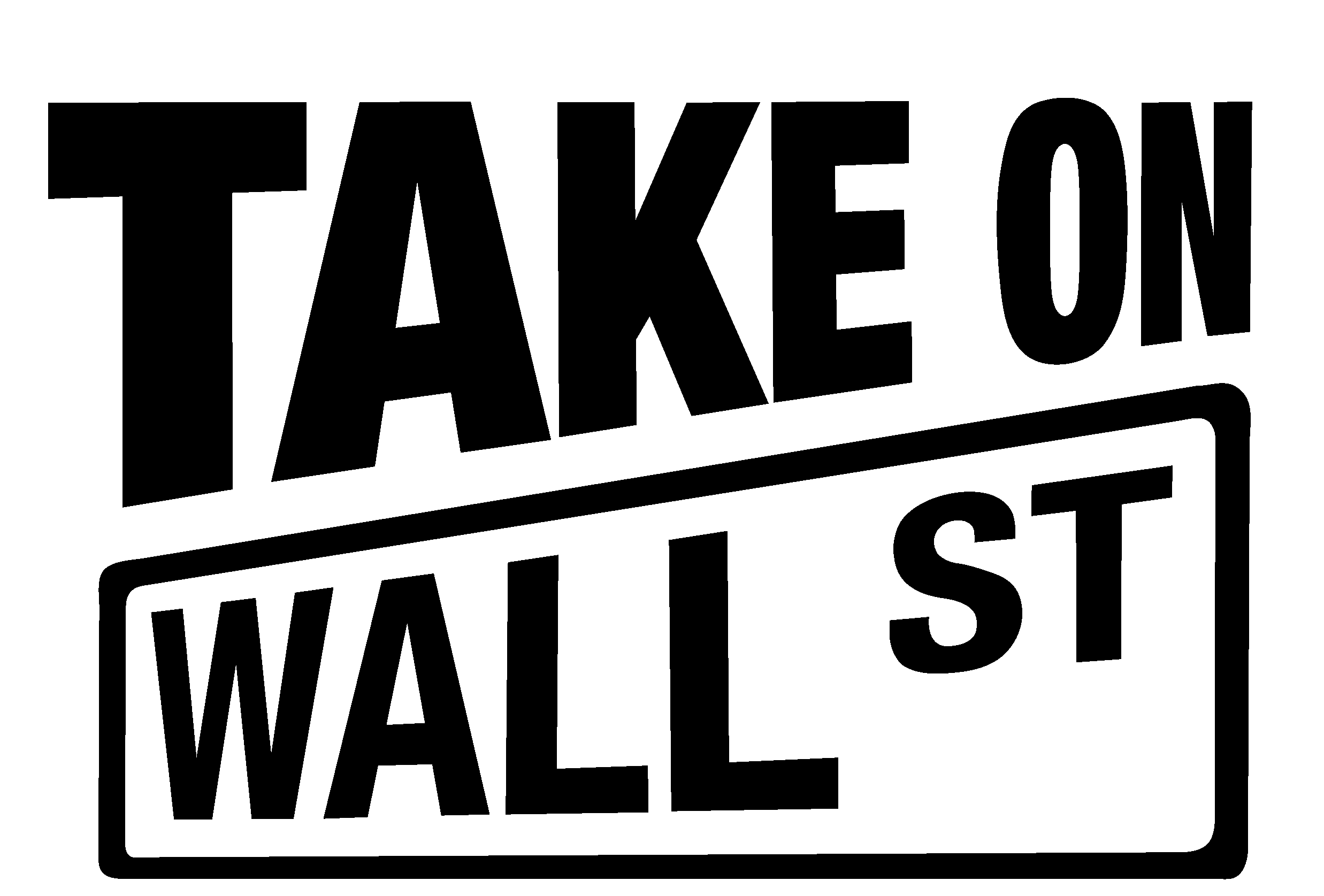Recently, we watched corporations spend pandemic relief Paycheck Protection Program funds on stock buybacks, continuing the trend of mostly white corporate executives using profits to enrich themselves and their shareholders, instead of using them to raise the salaries of struggling workers during a pandemic.
The Securities and Exchange Commission recently proposed a rule on stock buybacks, adding new disclosure requirements to help protect investors.
But what are stock buybacks exactly? Corporate executives direct the company to buy back stock from shareholders on the open market. When the stocks are bought back, the company reduces the number of shares left in the market, which raises the price of remaining shares, a step that benefits already wealthy executives, and shareholders, a group that also skews to the upper end of the income scale.
Buybacks divert company resources from investing in worker wages and benefits, employee training, projects that improve productivity, and research and development to make better products. It used to be illegal. Before 1982, companies buying back their own shares ran the risk of being accused of market manipulation. But that year, the SEC created a safe harbor that in essence legalized this market manipulation. The floodgates have been opening wider ever since, and by the fourth quarter of last year, buybacks were hitting record levels.
Walmart, the world’s largest retailer, bought back $2.4 billion of its own stock in the fourth quarter of 2021 alone. Walmart pays its CEO 1,078 times its median worker’s salary, and is a perfect example of how corporations’ use of stock buybacks widens the gap between corporate executives and the white, Black and brown working people that make up their workforce.
Stock buybacks also worsen racial and gender inequality. The retail industry has some of the lowest paid jobs in the country, only highlighting that these companies are actively choosing to spend on buybacks instead of worker salaries. At Walmart and Target, women hold 80% of the cashier jobs, which tend to be lowest paid. And at home improvement and garden stores like Home Depot and Lowes, employees of color are 22% of the workforce, but 36% of the lowest-paying jobs.
So, we can be certain that stock buybacks widen the racial wealth gap, since Black and Latinx households each own only 1 percent of the total stock market value while white families hold 90 percent of the stock market value. Whatever the intent, when buybacks enrich stockholders, they are disproportionately enriching white people, and reducing opportunities for wealth-creation for Black and brown employees.
The SEC’s proposal at least brings this market manipulation out of the shadows. It would, among other things:
- Mandate reporting within one business day of the date of the stock buyback order: the number of shares repurchased, the average price per share paid, the number of shares repurchased on the open market, and the number of shares repurchased in reliance on the “safe harbor.”
- Force corporations to provide a written rationale behind their decision to conduct stock buybacks, and in the process hopefully disincentivize buybacks that are being done solely to artificially prop up the company stock price.
- Require corporations to disclose whether their officers bought or sold shares within 10 days before or after the announcement of a stock buybacks program.
The more information we have, the more we can document patterns of abuse. But pulling back the veil is only the start. Decades of living with the SEC’s 1982 decision has only proven that buybacks are an irresistible temptation for corporate executives to manipulate the market. We need to bring back the ban.

Leave a Reply